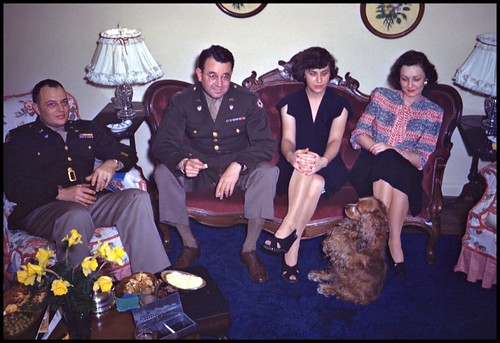Ronald_H
Don't call me Ron
A friend has inherited the old family archive. A box full of negatives dating from the 1940's until now. There are many formats in there, 120, 35mm, 828, shot will all kinds of cams.
We would like to scan these negs (I have a Coolscan V and a v500) but obviously some of them are (very) dirty.
Is it safe to clean these negs by soaking them in water + a tiny bit of washing up liquid (what I use for my final rinse)? Or is there a real danger of the emulsion separating? For 'dry' cleaning I have Pec Pads.
Ideas would be appreciated.
We would like to scan these negs (I have a Coolscan V and a v500) but obviously some of them are (very) dirty.
Is it safe to clean these negs by soaking them in water + a tiny bit of washing up liquid (what I use for my final rinse)? Or is there a real danger of the emulsion separating? For 'dry' cleaning I have Pec Pads.
Ideas would be appreciated.









